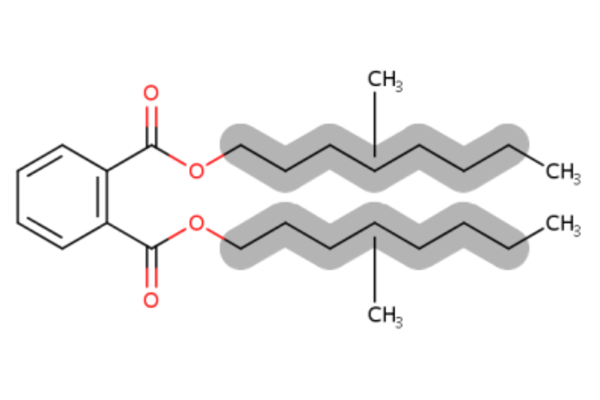
According to the EPA's draft evaluation, exposure to DINP in paints and coatings during high-pressure spraying presents significant safety risks for workers.
The U.S. Environmental Protection Agency (EPA) has released its draft risk evaluation for diisononyl phthalate (DINP) under the Toxic Substances Control Act (TSCA) for public comment. Among the 45 uses evaluated, EPA preliminarily identified two industrial uses and one consumer use that significantly contribute to the unreasonable risk posed by DINP.
DINP is primarily used as a plasticizer in the production of flexible polyvinyl chloride (PVC), as well as for paints, coatings, adhesives and sealants. The draft evaluation indicates that the chemical has the potential to cause developmental toxicity, liver damage and cancer at high levels of exposure. In addition, it may affect the developing male reproductive system, a condition referred to as phthalate syndrome.
In particular, paints and coatings containing DINP are harmful especially when applied by workers using high-pressure sprayers. In fact, the use of high-pressure sprayers can release DINP into the air in the form of mist, creating high concentrations that can be inhaled by unprotected workers. The EPA has not been able to identify current products that use DINP in these applications, but expects public comments to provide clarity.
While EPA’s draft evaluation found that DINP does not pose unreasonable risk to the general population or the environment, it highlighted the potential risks to workers handling paints and coatings without adequate protection. This assessment is part of a broader review of phthalates, while EPA is collaborating with agencies such as Health Canada and the European Chemicals Agency that have similarly raised concerns about DINP's health impacts.